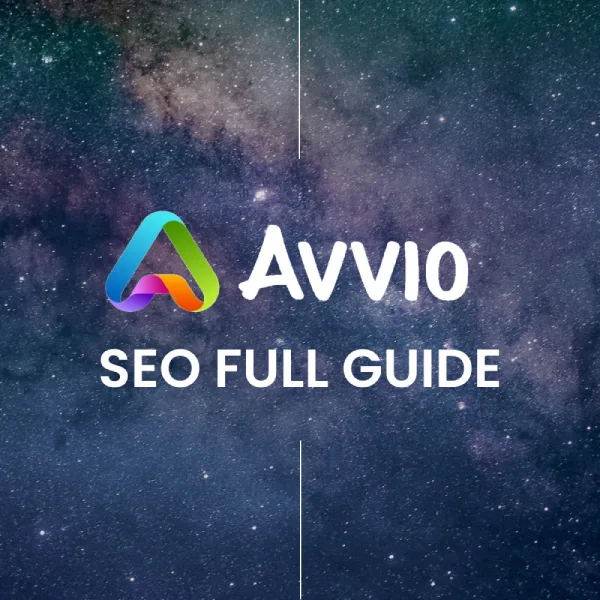Google Shopping Ads: A Comprehensive Guide to Boosting Ecommerce Sales
Understanding the Power of Google Shopping Ads
Google Shopping Ads have emerged as a cornerstone of successful ecommerce strategies. These visually compelling product listings, showcased prominently on Google Search results, offer a unique opportunity for businesses to connect with potential customers at the precise moment they’re actively seeking products or services. By understanding how these ads function and implementing effective strategies, ecommerce retailers can significantly enhance their online visibility, drive traffic, and ultimately boost sales. Here’s some benefits of Google Shopping Ads for Ecommerce:

Benefits of Google Shopping Ads for Ecommerce
Enhanced Visibility
By appearing prominently on Google Search results, Shopping Ads significantly increase a business's visibility and reach a broader audience.
Higher Click-Through Rates (CTRs)
The visual format of Shopping Ads tends to attract more clicks compared to traditional text ads, resulting in increased website traffic.
Improved Conversion Rates
Visually showcasing products with images and prices can expedite the purchasing decision, leading to higher conversion rates.
Return on Investment (ROI)
Due to their effectiveness in driving conversions, Shopping Ads often deliver a higher ROI than text-based ads.
How Google Shopping Ads Work

At the core of Google Shopping Ads is the Google Merchant Center, a platform where businesses upload and manage their product information. A meticulously curated product feed, encompassing detailed product attributes such as titles, descriptions, images, prices, and availability, is essential for creating compelling ad listings.
Once the Merchant Center is populated with accurate product data, businesses link it to their Google Ads account. This integration empowers advertisers to create and manage Shopping campaigns, defining target audiences, bidding strategies, and budget allocations.
When a user searches for a product on Google, Shopping Ads appear alongside traditional text ads. These visually rich listings showcase product images, titles, prices, and the store name, providing shoppers with valuable information at a glance. When a user clicks on a Shopping Ad, they are redirected to the advertiser’s product page, where they can make a purchase.
Key Strategies for Optimizing Google Shopping Ads
To maximize the impact of Google Shopping Ads, ecommerce businesses should implement the following strategies:
Campaign Optimization Strategies:
- Product Feed Optimization
- Image Quality and Relevance
- Competitive Bidding
- Leverage Ad Extensions
- Comprehensive Campaign Tracking and Analysis
- Negative Keyword Implementation
- Shopping Feed Management Tools
Advanced Google Shopping Ad Tactics
For businesses seeking to further elevate their Shopping Ad campaigns, consider these advanced tactics:
- Dynamic Remarketing: Target users who have previously visited your website with personalized product recommendations.
- Local Inventory Ads: Showcase products available for in-store pickup or local delivery to attract nearby customers.
- Shopping Actions: Enable customers to purchase products directly through Google Search or Google Assistant, streamlining the checkout process.
- Google Smart Shopping Campaigns: Utilize machine learning to automate bid management, ad targeting, and budget allocation for optimized performance.
Take A Look At Some Of Our Work
From eCommerce retail brands to globally listed companies, our award winning and industry-leading results have been delivering exceptional growth for our clients since 2012.

MasterCoin
DEVELOPMENT | ECOMMERCE | DIGITAL MARKETING | B2C | BRANDING

Al Rashed Tires
DEVELOPMENT | ECOMMERCE | DIGITAL MARKETING | B2B

A1 Jordan Water Fittings
DEVELOPMENT | ECOMMERCE | DIGITAL MARKETING | B2B | Social Media

Dr. Khaled Al Sayed
DEVELOPMENT | DIGITAL MARKETING | B2C

Olala Beauty
DEVELOPMENT | GOOGLE ADS | ECOMMERCE | B2C

Titan Logistics
WEBSITE | SEO | DIGITAL MARKETING | B2B


